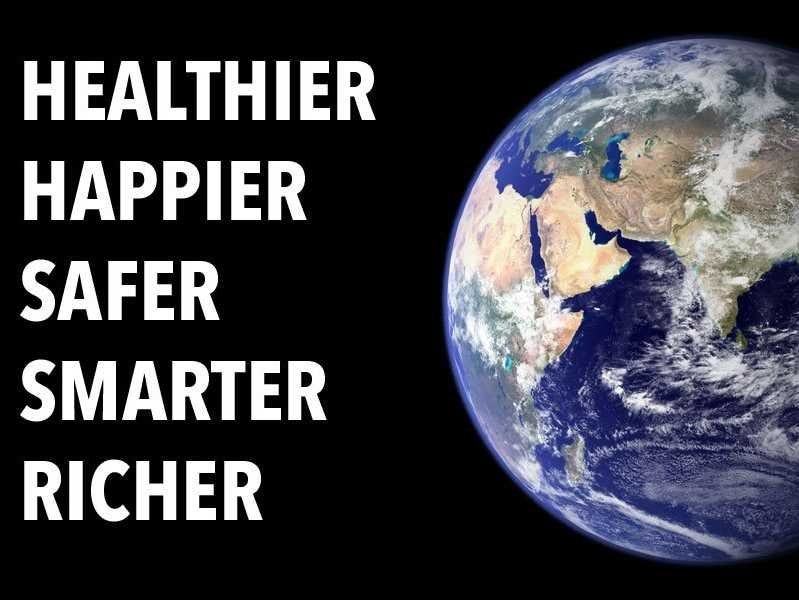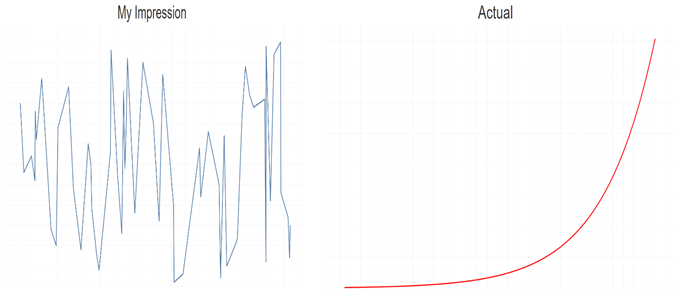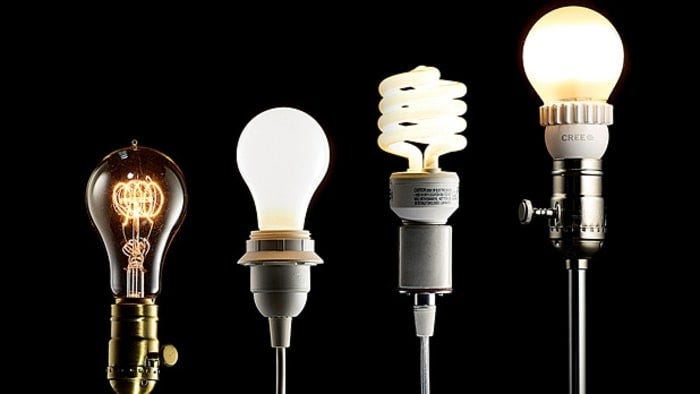The Vanquishing Of War Plague And Famine

Part 1 of the Optimist’s Guide to the 21st Century
The next time you sit down to dinner, start off the conversation with the statement: “The world today is more peaceful, more prosperous, and healthier than at any point in human civilization.” Wait a few seconds for it to sink in, and then ride out the inevitable storm of protestations, most of which will begin with: “Well today on the news I heard…” or “I saw a picture in the paper the other day…” While the commotion roils, take solace in the knowledge that your statement is entirely correct. Once the uproar has subsided, pull out this article, and slowly begin to turn everyone’s world upside down. Indeed, any way you look at it, humans today are better off than at any other point in history.
This is the first in an indeterminate number (I’ll put the bounds at one and infinity) of articles about the drastic improvement in the human condition throughout history. It is designed to get past the surface-level stories of constant strife we hear reported in the press and take a fact-based look at the current and historical state of human affairs. When two years ago, I began reading deeper into the large scale trends surrounding humanity, I expected to find a roller-coaster graph of human living conditions over time with large drops and rises, and the modern world in a particularly deep trough. What I discovered instead is that the story has been a gradual increase with a dramatic acceleration in the latter half of the 20th century (what is called exponential growth).
 Human Condition Over Time
Human Condition Over Time
 image source: Levi Brown
image source: Levi Brown